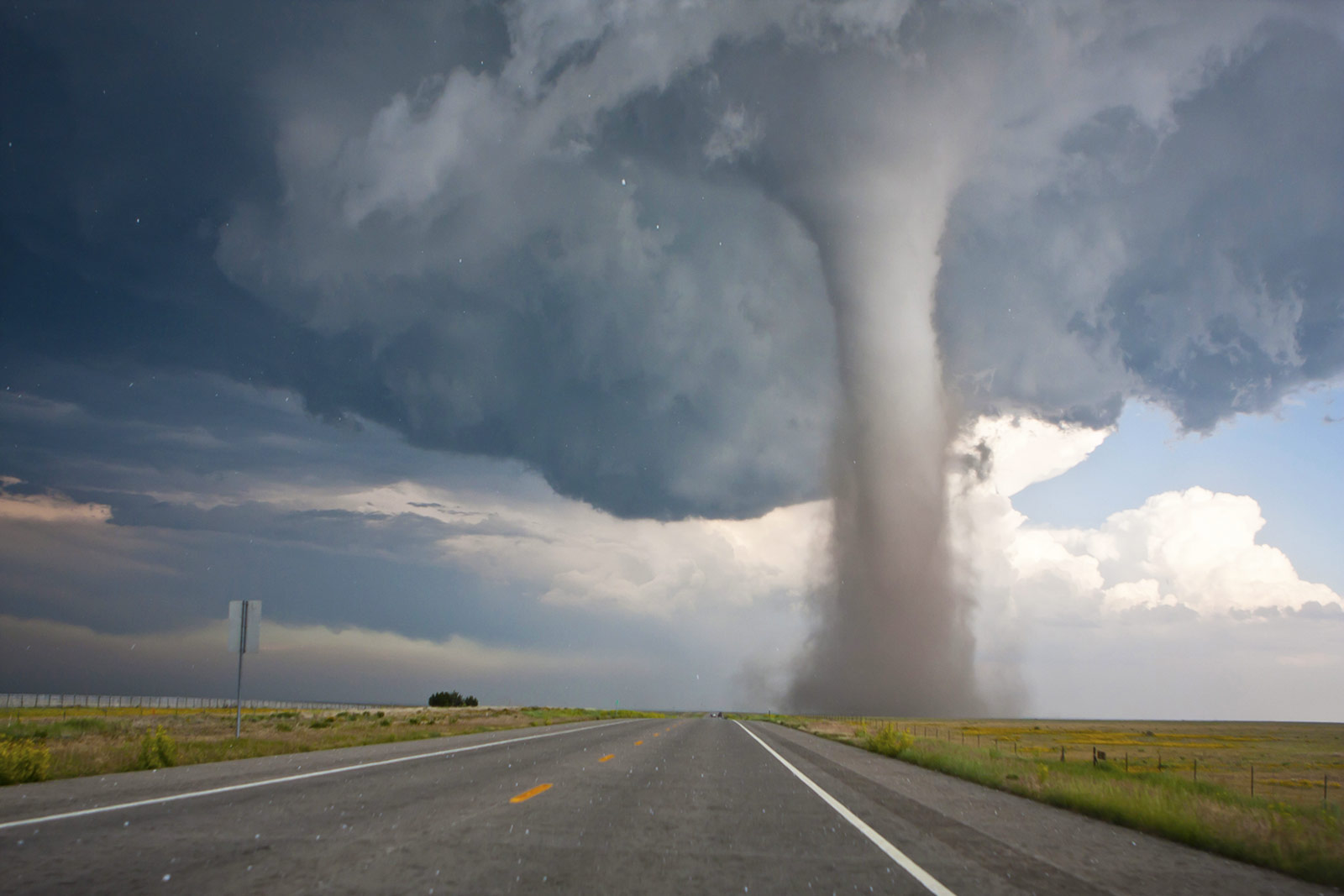Which Way Does a Tornado Spin?
Tornadoes are one of nature’s most powerful and destructive forces. These swirling columns of air can cause immense damage in just a matter of seconds. But have you ever wondered which way tornadoes spin? Do they always spin in the same direction? In this article, we will unravel the mystery of tornado rotation and explore the factors that influence their direction.
Tornadoes, in the Northern Hemisphere, typically spin counterclockwise, or in an anticyclonic direction. This means that when you stand facing a tornado, the winds around it will be rotating counterclockwise. Conversely, tornadoes in the Southern Hemisphere spin clockwise, or in a cyclonic direction. This is due to the rotation of the Earth and the Coriolis effect.
Now that we know the general direction of tornado rotation, let’s delve deeper into the factors that determine their spin.
The Coriolis Effect
The Coriolis effect is an apparent deflection in the path of a moving object caused by the rotation of the Earth. This phenomenon occurs because different points on the Earth’s surface travel at different speeds due to its spherical shape. As air flows from high-pressure areas to low-pressure areas, it gets deflected due to the Coriolis effect, resulting in a rotational motion.
In the Northern Hemisphere, air tends to curve to the right, causing a counterclockwise rotation. In the Southern Hemisphere, air curves to the left, leading to a clockwise rotation. This is why tornadoes spin in opposite directions in the different hemispheres.
Storm Structure and Dynamics
The rotation of tornadoes is also influenced by the storm’s underlying dynamics and structure. Tornadoes usually form within severe thunderstorms called supercells. Supercells have a mesocyclone, which is a rotating updraft of air, at their core. This rotating updraft creates a horizontally spinning column of air that stretches from the base of the thunderstorm to the cloud above.
As the mesocyclone intensifies, it can generate a vertical vortex, or what we call a tornado. The direction in which this vortex spins is influenced by the interaction between the existing rotation in the updraft and the surrounding inflow of air. The inflow causes a transfer of momentum to the vortex, leading to its rotation in either a counterclockwise or clockwise manner, depending on the hemisphere.
Other Influencing Factors
While the Coriolis effect and storm dynamics play a significant role in determining tornado rotation, other factors can also come into play. These factors include the shape of the terrain, such as mountains or valleys, the proximity of large water bodies, and the interaction with other weather systems.
For instance, in regions with complex terrain like mountains, the local topography can influence the direction of tornado rotation. Additionally, the presence of a nearby large body of water, such as a lake or ocean, can alter the wind patterns and potentially impact tornado rotation.
It’s worth mentioning that while tornadoes generally follow the expected rotation direction based on their hemisphere, variations can occur. Small-scale features within the storm, such as downdrafts or mesovortices, can create temporary changes in rotation direction. These variations are more common in multi-vortex tornadoes, where multiple smaller tornadoes rotate around a common center.
Frequently Asked Questions
Q: Can a tornado change direction?
Yes, tornadoes can change direction. While tornadoes tend to spin in a consistent direction, they can occasionally reverse their rotation due to changes in the storm’s dynamics or other factors. However, these changes are typically temporary and short-lived.
Q: Are all tornadoes the same size?
No, tornadoes can vary significantly in size. While some tornadoes are relatively small and short-lived, others can be large and long-lasting, causing widespread destruction. The size of a tornado depends on various factors, including the storm’s intensity and the amount of energy available in the atmosphere.
Q: Can tornadoes occur in urban areas?
Yes, tornadoes can occur in urban areas. While tornadoes are often associated with open fields and rural regions, they can also form and impact densely populated areas. When tornadoes hit urban areas, the destruction tends to be more severe due to the higher concentration of buildings and infrastructure.
Final Thoughts
Understanding the direction in which tornadoes spin adds another layer of knowledge to our understanding of these powerful phenomena. While tornado rotation is primarily influenced by the Coriolis effect and storm dynamics, other factors can also come into play. The intricate interaction of all these factors contributes to the awe-inspiring and sometimes unpredictable nature of tornadoes.
Remember, tornadoes are incredibly dangerous and should be taken seriously. If you ever find yourself in an area under a tornado warning, seek shelter immediately and follow instructions from local authorities. Stay safe, stay informed, and keep learning about the wonders of our natural world.
